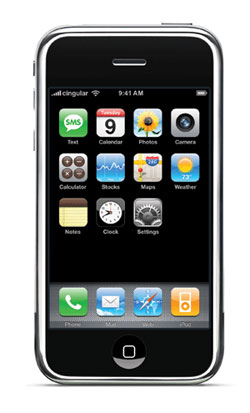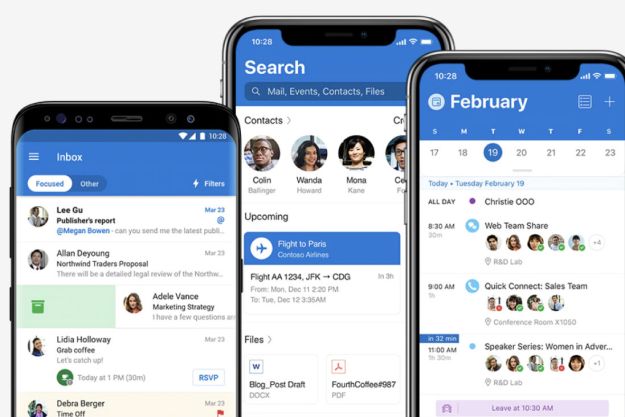 Regulators approved changes to accounting rules Wednesday that in the short term will make sales and profits seem higher at technology companies selling certain gadgets that blend hardware and software.
Regulators approved changes to accounting rules Wednesday that in the short term will make sales and profits seem higher at technology companies selling certain gadgets that blend hardware and software.
Under the old rules, companies like Apple Inc. had to spread revenue from the sale of an iPhone over two years, the estimated useful life of the device. That’s because when Apple sells an iPhone, it agrees to provide software updates in the future.
Existing accounting rules require many software companies to divide up sales over the length of licensing contracts; until now, companies with hybrid hardware-software products were also guided by those standards.
The Financial Accounting Standards Board’s latest changes mean that Apple, plus other smart-phone makers, telecommunications equipment makers, semiconductor equipment manufacturers and a host of others, will be subject to a less onerous accounting standard.
The new rules let Apple “unbundle” iPhone hardware from its software and report the hardware sales up front. That makes it easier for investors to see how Apple did in any given period.
In the last quarter, for example, Apple said that if it were allowed to account for iPhone sales all at once, its sales would have been 17 percent higher and its profit would have been boosted by 58 percent.
“A lot of people really closely follow the reported revenues as key measure of company’s performance. A company can provide disclosures, but people always go back to reported revenues,” said Jay Howell, a partner at the accounting firm BDO Seidman LLP. Under the old rules, if the iPhone has an outstanding quarter — good or bad — investors might not be able to tell from the earnings report.
Howell said Apple will still have to account for software revenue over time, but that it makes up a small portion of the total sale.
The changes to the accounting rules go into effect in the middle of next year, though companies can put them into use immediately.
The FASB’s decision also puts U.S. companies on equal footing with overseas competitors, which already follow such accounting rules. With the old standards, a smart-phone boom might seem to benefit a non-U.S. company more in any given quarter because the U.S. company could only record a fraction of its revenue.
Apple also used the drawn-out revenue recognition standard for Apple TV, a set-top box that delivers Web content to televisions. But the Cupertino, Calif.-based company recorded sales from Mac computers and iPods all at once, even though they, too, combine hardware and software.
That was a business decision, Howell said. Because Apple sells support for Macs and iPods separately, it fits criteria for the all-at-once accounting. For the iPhone, because Apple didn’t want to go back to buyers after a year and ask them to pay for support and upgrades, it was required to spread out the sales over time.
Editors' Recommendations
- How to delete messages on your Mac
- How to connect an iPhone to a Mac with or without a cable
- The biggest threat to the MacBook this year might come from Apple itself
- Apple just announced the dates for WWDC 2024
- Best Apple deals: Save on AirPods, Apple Watch, iPad, MacBook


